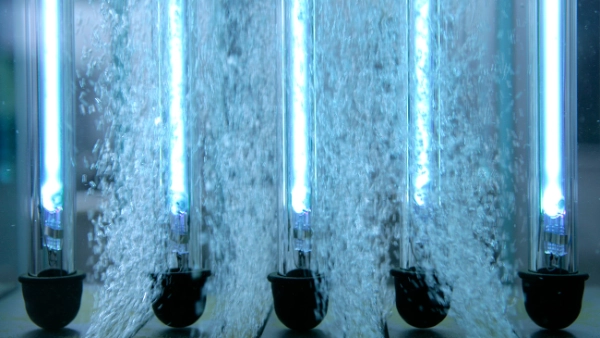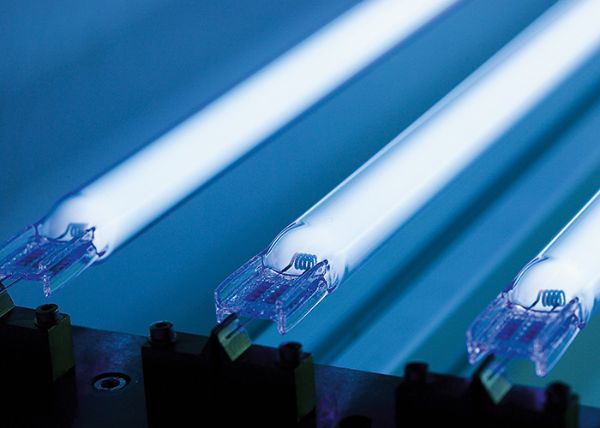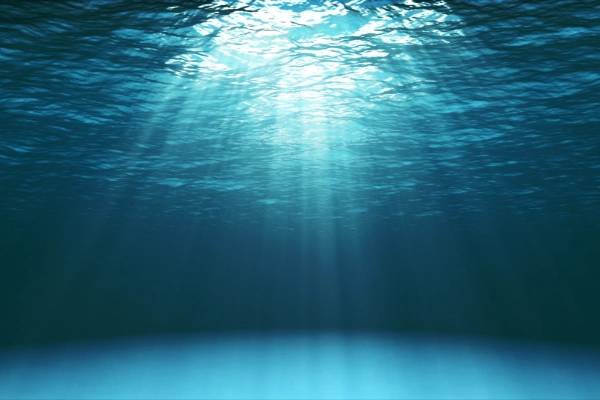World Water Day 2022: Disinfecting water sustainably
Groundwater is essential to life and a scarce resource in many parts of the world – and yet its importance often literally seeps away in everyday life. Why is that? Perhaps because it is invisibly hidden in water-bearing layers of earth. It's high time to bring it up and into public awareness, as we did on the UN's World Water Day. Because not only pollution but also climate change is increasingly threatening the world's groundwater resources. 2.2 billion people have no regular access to clean water. Sustainable purification methods such as those using ultraviolet light, which do not require chemicals, are therefore in demand. This is a field in which our Global Business Units Heraeus Noblelight and Heraeus Conamic have long gathered experience.

Drinking water from groundwater and surface water is essential for life and a scarce resource in many parts of the world. Often, drinking water treatment is still carried out with the help of chemicals such as chlorine – an effective but environmentally controversial method. "Yet sterilization and disinfection with high-energy ultraviolet radiation is a long-established environmentally friendly method," explains Jan Winderlich, Chief Scientist Heraeus Noblelight. The specially developed UV lamps with high purity fused silica tubes from Heraeus Conamic not only destroy microorganisms such as bacteria, viruses, or parasites with their light but also break down harmful chemicals. Incidentally, the idea for such fused silica lamps was conceived as early as 1904 by Richard Küch (1860 - 1915), the chief developer at Heraeus at the time. Today's high-tech UV lamps are, of course, much more advanced. With their intense beams in the wavelength range around 254 nanometers (UV-C radiation), they destroy the RNA of bacteria in seconds. Since drinking water is treated without chemicals and no chemical residues are produced, the quality of the water is not affected in terms of taste or odor. UV lamps can be used to treat both groundwater and surface water. The USA, for example, unlike Germany, mainly uses surface water from rivers or reservoirs for its drinking water. UV irradiation can therefore also be used to conserve diminishing groundwater resources if necessary.
High-power lamps in use against environmental pollution
The efficiency and service life of the UV lamps are crucial for any successful water treatment. Cross-business area collaboration here led to the development of innovative high-performance amalgam lamps. "These provide a very high UV output power for more than 16,000 operating hours and last twice as long as conventional standard low-pressure lamps," Winderlich emphasizes. Further development by Heraeus Conamic in fused silica material has allowed for optimized UV transmission from both the Lamps and the Sleeves. Reducing transmission loss conversely allows consistent disinfection effect over the entire service life of the system.
Increasing environmental pollution from medicines, hormones, and pesticides has also necessitated new forms of water treatment, for example in wastewater treatment in sewage plants. "To render these complex molecules harmless here, a combination of UV radiation and oxidizing agents such as ozone or hydrogen peroxide is required. Heraeus has already developed suitable emitters for this purpose as well," Winderlich explains. In the so-called "Advanced Oxidation" process, UV radiation in the range below 200 nanometers is additionally used, in contrast to normal disinfection. This wavelength range can also be used to render harmless substances that are difficult to biodegrade, such as pharmaceuticals. This is another opportunity to preserve usable groundwater for future generations, in keeping with the spirit of World Water Day 2022.


